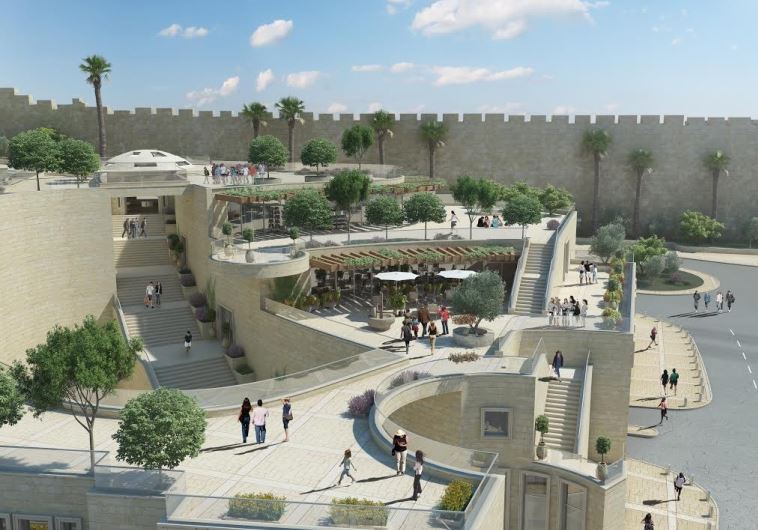For the short summary, check out Luke Chandler’s post. He includes a photo and discusses the biblical mentions of the name Ishbaal/Eshbaal.
The publication details are as follows:
Yosef Garfinkel, Mitka R. Golub, Haggai Misgav and Saar Ganor, “The ʾIšbaʿal Inscription from Khirbet Qeiyafa.” Bulletin of the American Schools of Oriental Research, pp. 217–33.
The article may be downloaded from academia.edu now (requires registration) or from JStor in the near future.
Here is the article’s abstract:
A new West Semitic inscription from Khirbet Qeiyafa is presented. It was incised in Canaanite alphabetic script on a pottery storage jar before firing. Radiometric dating of the relevant layer has yielded a date of ca. 1020–980 B.C.E. The last few years have seen the publication of several new Semitic alphabetic inscriptions dated to the late 11th–10th centuries B.C.E. and originating at controlled excavations in Israel (Khirbet Qeiyafa, Beth Shemesh, Tell eṣ-Ṣâfi, and Jerusalem). The new inscription is an important addition to this corpus.
HT: Joseph Lauer
UPDATE (6/20): Luke Chandler has posted a follow-up, focusing on the word before Ishbaal.
Photo by Tal Rogovski


